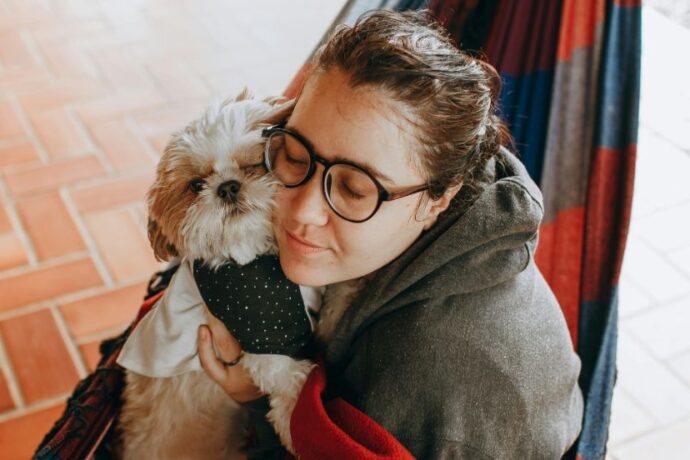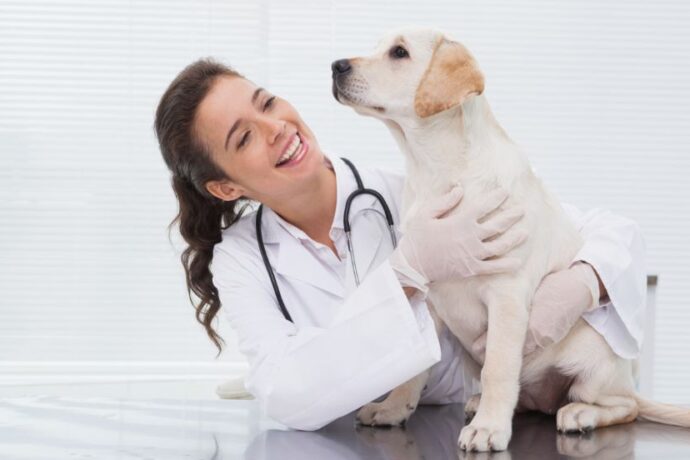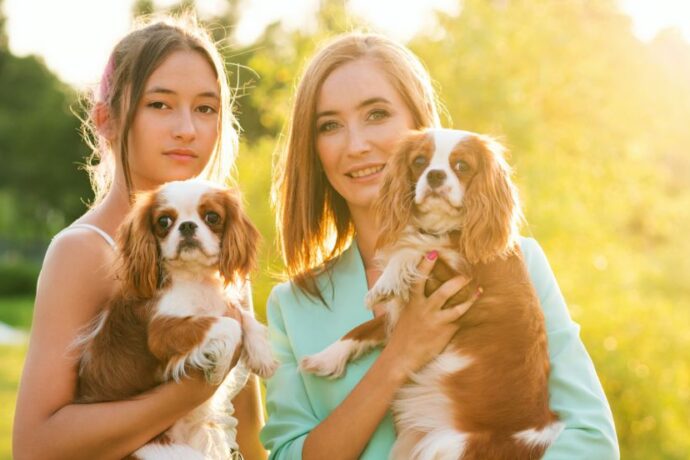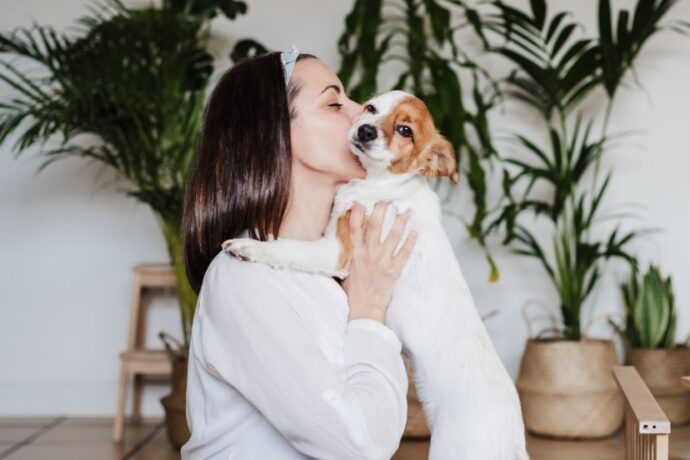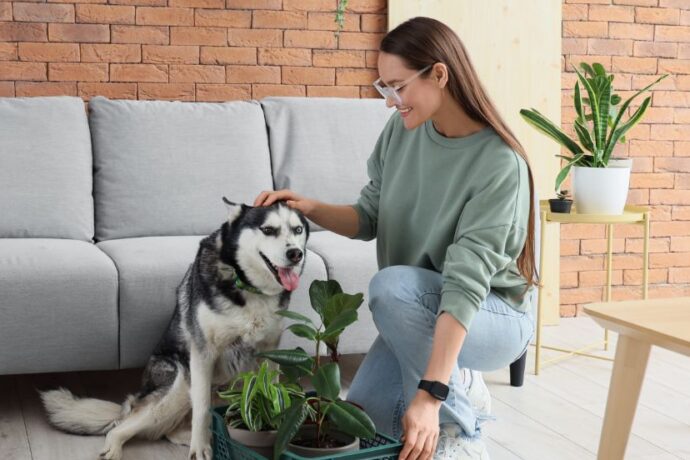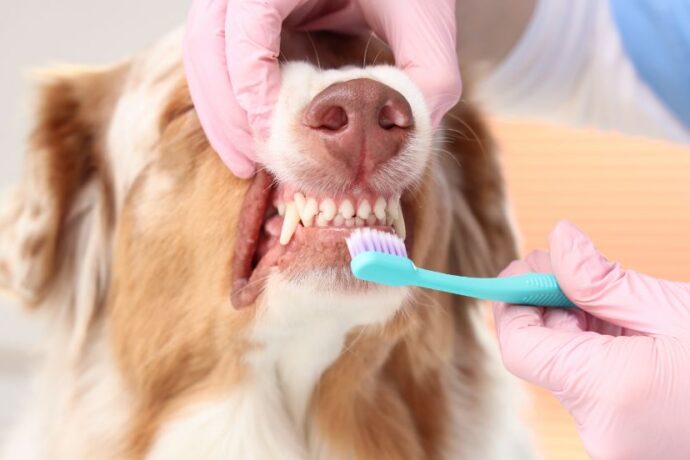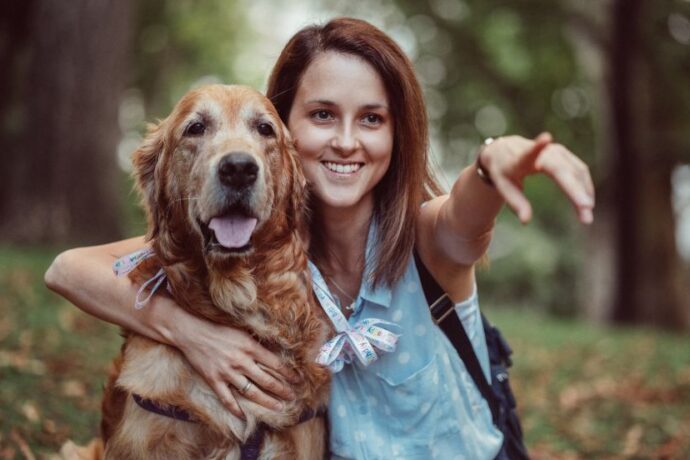If you’ve ever caught your dog chasing its tail, staring at a wall, or rolling in the grass for no reason, you’re not alone. Dogs are adorable, loving, and endlessly fascinating — but sometimes, their behaviors leave us scratching our heads.
From licking furniture to sleeping belly-up, these “weird” actions are often rooted in instincts, emotions, or communication. Understanding them can help you strengthen your bond with your pup and better care for their physical and emotional needs.
Normal vs. Quirky: What Counts as Typical Dog Behavior
Before labeling something “weird,” it’s important to understand what’s considered normal for dogs:
- Barking to communicate
- Wagging tails to express excitement
- Sniffing everything in sight (yes, everything!)
- Sleeping a lot — dogs snooze 12–14 hours a day
- Licking as a sign of affection or comfort
However, dogs are unique individuals. What seems unusual to us can be perfectly natural for them — as long as it doesn’t cause harm or indicate a medical issue.
15 Weird Dog Behaviors and What They Really Mean
1. Tail Chasing

Watching your dog whirl around in circles chasing its tail can be amusing, but there’s more to it than playfulness.
- Why it Happens: Tail chasing can stem from boredom, excess energy, or curiosity, especially in puppies. However, persistent chasing might indicate skin irritation, fleas, or even compulsive behavior disorders.
- Expert Tip: Increase physical activity and mental stimulation. If the behavior becomes obsessive or your dog injures itself, consult a vet or certified behaviorist.
2. Eating Grass

Many pet parents panic when they see their dog munching on grass, but it’s quite common.
- Why it happens: Dogs may eat grass to aid digestion, induce vomiting, or simply because they like the texture. Some studies, including those published in the Journal of Veterinary Behavior, suggest it’s an instinct inherited from their wild ancestors (1)(2).
- Expert tip: Occasional grass-eating is fine, but if your dog eats large amounts or vomits frequently, schedule a vet check to rule out gastrointestinal issues.
3. Scooting on the Floor

If your dog drags its bottom across the floor, it’s not trying to entertain you.
- Why it happens: Scooting usually indicates anal gland discomfort, irritation from worms, or allergies.
- Expert tip: Check for redness, swelling, or signs of worms. If scooting continues, your vet can safely express the anal glands and recommend preventive care.
4. Sleeping in Strange Positions

Ever found your dog sprawled belly-up, curled into a tiny ball, or resting with paws in the air? These sleep styles reveal a lot about their comfort and mood.
Why does it happen:
- Curled up: A protective instinct from their wild days.
- Belly-up: Indicates trust and relaxation.
- Superman pose (legs stretched out): Common in playful, energetic dogs.
- Expert tip: Provide a cozy, supportive bed and maintain a calm environment to promote restful sleep.
5. Barking at Nothing

You might think your dog is reacting to thin air, but chances are, they’re sensing something you can’t.
Why it happens: Dogs have superior hearing and smell, often detecting distant sounds, subtle movements, or odors. It could also be a response to anxiety or boredom.
Expert tip: If barking becomes excessive, introduce obedience training, interactive toys, and calming routines.
6. Spinning Before Lying Down
Dogs often circle their beds or spin before settling down, and it’s not random.
Why it happens: This behavior traces back to their ancestors, who would trample grass to create a safe, comfortable sleeping spot.
Expert tip: Unless the spinning is extreme or obsessive, this is perfectly normal and requires no intervention.
7. Head Tilting

That adorable head tilt isn’t just for show — your dog is processing information.
- Why it happens: Dogs tilt their heads to locate sounds, better understand visual cues, and gauge your emotions.
- Scientific insight: Studies by canine cognition experts suggest dogs tilt their heads more when processing unfamiliar words or sounds (3).
- Expert tip: Enjoy it! It’s a sign your dog is engaged and trying to connect with you.
8. Licking Everything

From furniture to your hands, some dogs just can’t stop licking.
Why does it happen:
Affection: Dogs lick as a bonding gesture.
Taste exploration: They use their tongues to “investigate” their environment.
Stress Relief: Excessive licking can be a coping mechanism for anxiety.
Expert tip: Offer chew toys and monitor the behavior. If licking becomes compulsive, rule out allergies or stress triggers with your vet.
9. Digging Indoors
Digging at carpets, couches, or blankets may seem bizarre, but it’s rooted in instinct.
- Why does it happen? Nesting instinct: Dogs prepare spots for sleeping.
- Boredom or anxiety: Excess energy often manifests as digging.
- Temperature control: Wild dogs dug to stay warm or cool.
- Expert tip: Provide puzzle toys, exercise, and designated digging areas outdoors to redirect the habit.
10. Howling at Sirens
Your dog suddenly “joins the chorus” when ambulances, police cars, or fire trucks pass by.
- Why does it happen
- Mimicking ancestral wolf communication.
- Reacting to high-pitched frequencies that resemble other dog howls.
- Expert tip: This is typically harmless, but if howling becomes excessive, teach a “quiet” cue and reward silence during triggers.
11. Pawing at You
Whether it’s during dinner or TV time, your dog’s paw on your arm has meaning.
Why it happens: Pawing can signal affection, attention-seeking, hunger, or stress.
Expert tip: Pay attention to the context. Offer structured playtime and mental enrichment to reduce constant pawing.
12. Humping Objects or People
Though often embarrassing, humping isn’t always sexual.
- Why does it happen:
- Excitement or overstimulation during play.
- Dominance behavior in certain contexts.
- Stress relief in anxious dogs.
- Expert tip: Redirect the behavior with toys or commands. If humping is frequent, rule out urinary tract infections or hormonal imbalances.
13. Walking in Circles
Occasional circling is normal, but repetitive loops can indicate health issues.
- Why does it happen? Preparing to lie down.
- Inner ear infections affect balance.
- Neurological conditions like canine cognitive dysfunction.
- Expert tip: If circling persists, consult your vet immediately to rule out serious conditions.
14. Guarding Food or Toys
Some dogs growl, stiffen, or snap when anyone approaches their food bowl or favorite toys.
- Why does it happen? Instinctive resource guarding is inherited from their wild ancestors.
- Anxiety about scarcity due to past experiences.
- Expert tip: Use positive reinforcement to teach “drop it” and “leave it” commands. Avoid punishing, as it can increase aggression.
15. Staring Into Your Eyes
When your dog locks eyes with you, it’s not a challenge — it’s communication.
- Why does it happen:
- To express love and connection.
- To seek direction or approval.
- To understand your emotions.
- Scientific insight: Research published in Frontiers in Psychology shows that mutual gazing raises oxytocin (“love hormone”) levels in both dogs and humans, strengthening your bond (4).
- Expert tip: Maintain eye contact during training and bonding sessions — it builds trust and emotional closeness.
FAQs About Dog Behaviors
1. When should I worry about my dog’s weird behavior?
A. If the behavior is sudden, extreme, or accompanied by physical symptoms (vomiting, lethargy, hair loss, etc.), consult your vet.
2. Can I train my dog to stop certain strange habits?
A. Yes. Positive reinforcement, consistency, and mental stimulation can redirect unwanted behaviors.
3. Are weird dog behaviors a sign of illness?
A. Not always — many are completely normal. However, behaviors like excessive licking, scooting, or wall-staring can sometimes indicate health issues.
Final Thoughts:
Dogs are expressive, instinct-driven, and endlessly fascinating. While some of their habits may seem bizarre, most are rooted in communication, instinct, or comfort-seeking behavior. By understanding these quirks, you’ll build a stronger, happier relationship with your furry friend.
References:
1. Development evolving:The origins and meanings of instinct
2. Insights found in century-old writings on animal behaviour and some cautions for today
3. An exploratory analysis of head-tilting in dogs
4. Do animal mediation dogs working with patients


